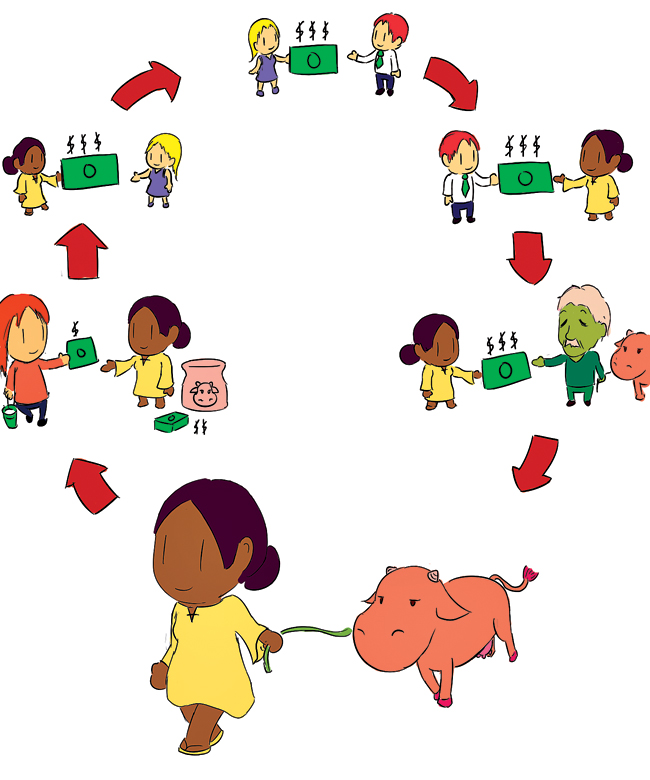Kiva, a nonprofit organization in which anyone can “lend as little as $25 to help create opportunity around the world,” has recently gained attention for its approach on microfinance. Either individually or through teams, Kiva allows users to make loans to businesses that interest them and use the money paid back to them to repeat the process.
The University of Texas Kiva online team has loaned a grand total of $25,775 and is currently ranked No. 33 in the colleges and universities category of the site. Under the ‘We Donate Because … ’ section of the team’s profile, the team simply quotes the University’s motto: “What Starts Here Changes the World.”
Marketing junior Vicki MacNaughton found out about Kiva through a TED talk in which one of the founders of Kiva, Jessica Jackley, lectured about how her interest in microfinance led to the creation of the organization.
“Microfinance is something I’d heard of before but didn’t know a lot about; her explanation was really enlightening and I knew that this was something I wanted to participate in,” MacNaughton said. “Being able to help someone make a life for him or herself, rather than just sending them a bit of food or something, is really the only way to enact permanent positive changes for people.”
MacNaughton has made a total of three loans so far. Her first came from $50 she found in an old birthday card when cleaning her room — remembering Jackley’s lecture, MacNaughton decided that if she had gotten by without that money until that point, she might as well use it to make her first loan.
“I used the repayment of those first loans to make my third loan, and I plan to keep rolling the money over for as long as I can,” MacNaughton said. “My loans so far have gone to a woman in the Philippines who needed money to purchase breeding hogs and feed, a woman in Kenya who needed money for a dairy cow and a man in Armenia who needed money for beehives to supplement his auto repair income.”
Li Zhang, a petroleum engineering senior, was drawn to both the philanthropic goals of Kiva and the more numerical statistics of their unique approach.
“For a lot of people who are obsessed with numbers — including myself — the biggest barrier to entry is the knowledge that philanthropic donations usually have a ROI (or return on investment) of zero percent, making them a terrible investment,” Zhang said. “Kiva makes this a lot easier because we are generally able to recover most of our money if we need it while still helping entrepreneurs in developing countries get a jump start on their business.”
Zhang has made seven loans to Kiva so far and says that his experience with the organization has been positive.
Another aspect of the organization that he appreciates is the fact that Kiva doesn’t continuously call or email him soliciting for more donations; rather, he’s allowed to make loans and participate in the community on his own terms.
Communication studies junior Alex Jones found out about Kiva through an economics class that discussed Kiva’s effect on small business. For Jones, the most interesting part of Kiva’s approach was how it helps to build the local economy, rather than addressing the effects of a weak economy. Jones has made 10 loans total, all of which have been repaid in full.
“I really enjoy the way they organize and rank the loans, so that you can invest in projects you want to,” Jones said. “For instance, you can sort the projects to target green projects, agriculture, women, men, groups or countries. I’ve enjoyed reading about the progress that investments have and the effect that the investment has on their livelihoods.”
Jones would recommend Kiva to anyone who is interested in getting involved with loans, especially since the organization offers a free “trial” that allows users to make their first loan for free.
“Kiva has a great network effect because the more money you invest in it, the faster you are able to invest again,” Jones said. “I love getting emails saying I have been paid back and can make another loan. It’s a sort of hands-on charity, interview and investment.”





















